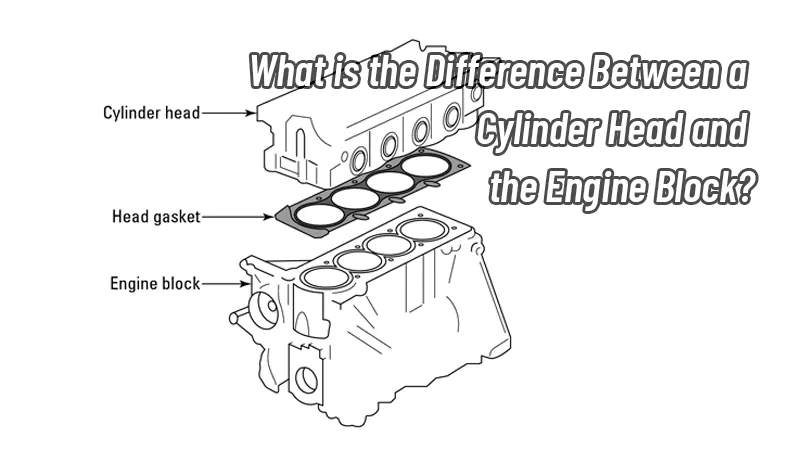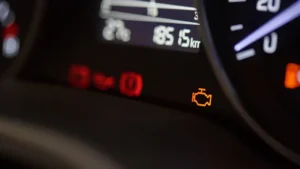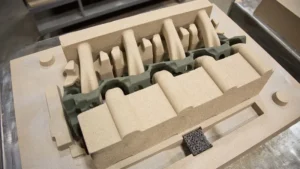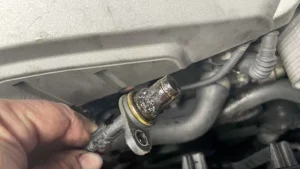When you look at a car engine, two main parts stand out: the engine block and the cylinder head. You can think of the engine block as the “body” of the engine and the cylinder head as the “cap” on top. Together, they form the space where fuel burns and creates the power that moves your car. While they work closely together, they have very different jobs and structures. Understanding the difference helps you know how engines work and why maintenance matters

What is the Engine Block?
The engine block is basically the foundation of the engine. It’s a big, solid piece of metal that holds most of the engine’s moving parts. Inside the block, you’ll find cylinders where the pistons move up and down. These pistons compress the fuel and air mixture before it ignites to produce power. The block also has spaces for coolant and oil to flow, keeping the engine from overheating and lubricating all the moving parts.
Engine blocks are usually made from cast iron or aluminum alloy. Cast iron is very strong and lasts a long time but is heavy. Aluminum is lighter, which helps with fuel efficiency, but it isn’t as tough as cast iron. That’s why trucks often use cast iron blocks, while modern cars usually use aluminum.
What is the Cylinder Head?
The cylinder head sits on top of the engine block and closes off the cylinders. You can think of it like the lid on a jar. The head contains important parts like valves, spark plugs, and sometimes camshafts. These parts control how fuel and air enter the engine and how exhaust gases exit.
The cylinder head has to handle extreme heat and pressure from combustion, so it’s often made from aluminum for most cars, or cast iron for heavy-duty engines. High-performance engines might use special alloys to be stronger and lighter. The cylinder head seals tightly to the engine block with a head gasket, preventing leaks and keeping the engine running smoothly.
Main Differences Between Cylinder Head and Engine Block
The biggest difference is their role. The engine block is the strong foundation that houses pistons, crankshaft, and other moving parts. It handles the engine’s heavy lifting. The cylinder head, on the other hand, sits on top and manages airflow, fuel injection, combustion, and exhaust.
In simple terms: the block does the mechanical work, while the head controls the “breathing” and combustion of the engine. Blocks are rarely replaced unless seriously damaged, while heads can sometimes be rebuilt or machined if there’s a problem.
How They Work Together?
The engine block and cylinder head work like a team. Pistons move up and down inside the block, compressing the air-fuel mixture. The cylinder head forms the top of the combustion chamber, with valves controlling airflow and spark plugs igniting the fuel. The head gasket keeps everything sealed so pressure doesn’t leak and coolant or oil doesn’t mix with fuel.
Together, they turn fuel into power efficiently, while materials like aluminum or cast iron help manage heat and stress.
Conclusion
The engine block and cylinder head are both essential, but they have different jobs. The block is the strong foundation holding the pistons and crankshaft, while the head controls combustion, valves, and airflow. Both must withstand high heat and pressure, work perfectly together, and be made from materials suited to their job. Understanding these parts makes it easier to maintain your engine and diagnose problems.
If you are looking for high-quality OEM engine blocks or cylinder heads, our factory specializes in durable, precise engine components. We can provide aluminum, cast iron, or custom alloy parts for passenger cars, trucks, and high-performance engines. Contact us today to discuss your needs and get a quote!



